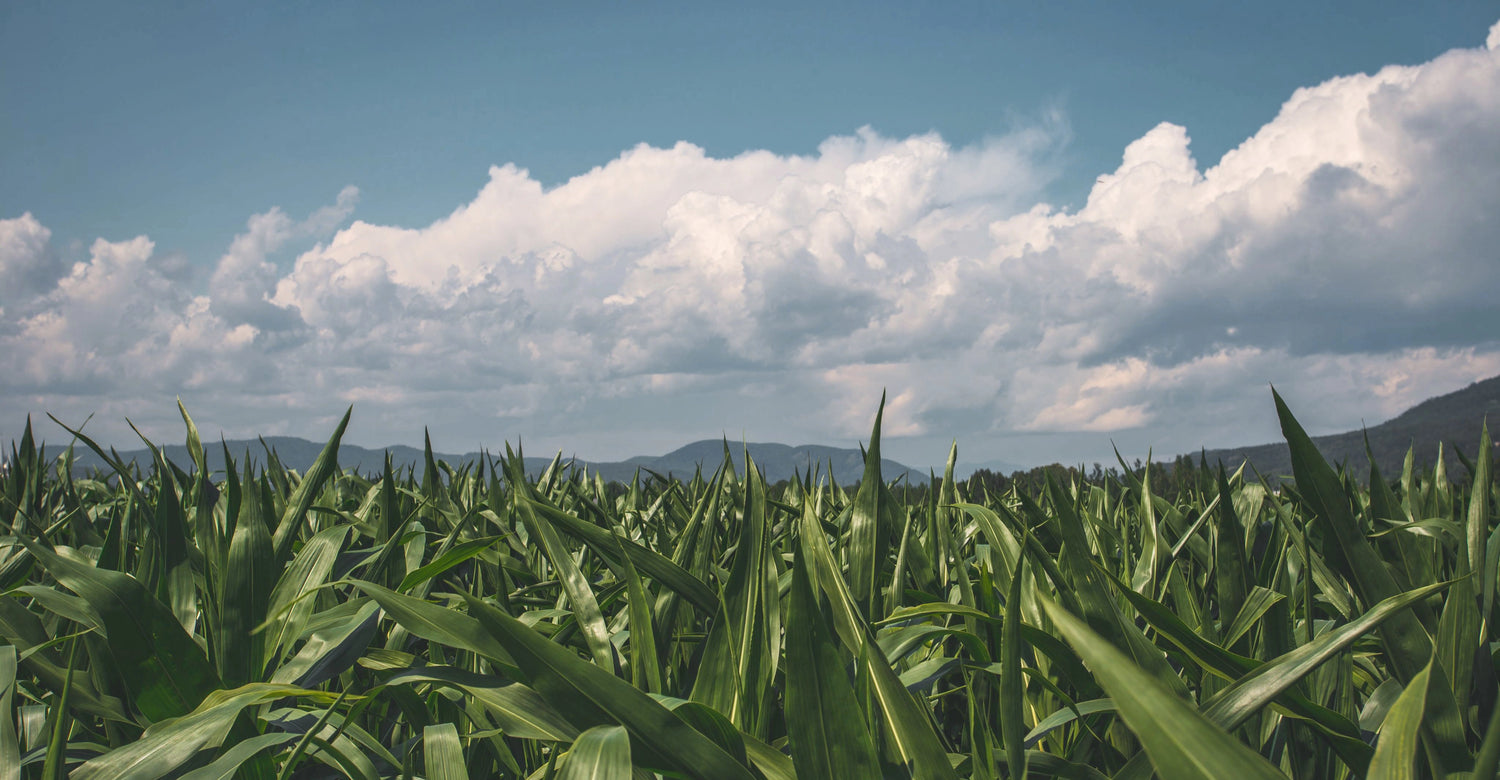Unveiling the Spectrum of Sugar
From white to brown and beyond, navigate the world of sweetness with knowledge, balancing indulgence and health. With global annual consumption reaching staggering levels, it's crucial to understand its impact on our well-being. Strive for equilibrium, as excessive intake may lead to various health issues, while moderation allows for guilt-free enjoyment.
Where does your cane sugar come from? We source our sugar from countries renowned for their commitment to producing the highest quality sugar cane.
-

Brazil
Picture vast landscapes, favorable climate and advanced agricultural practices. Brazil takes the lead as the largest global producer of sugar cane, ensuring top-notch quality through its expertise and cutting-edge methods.
-
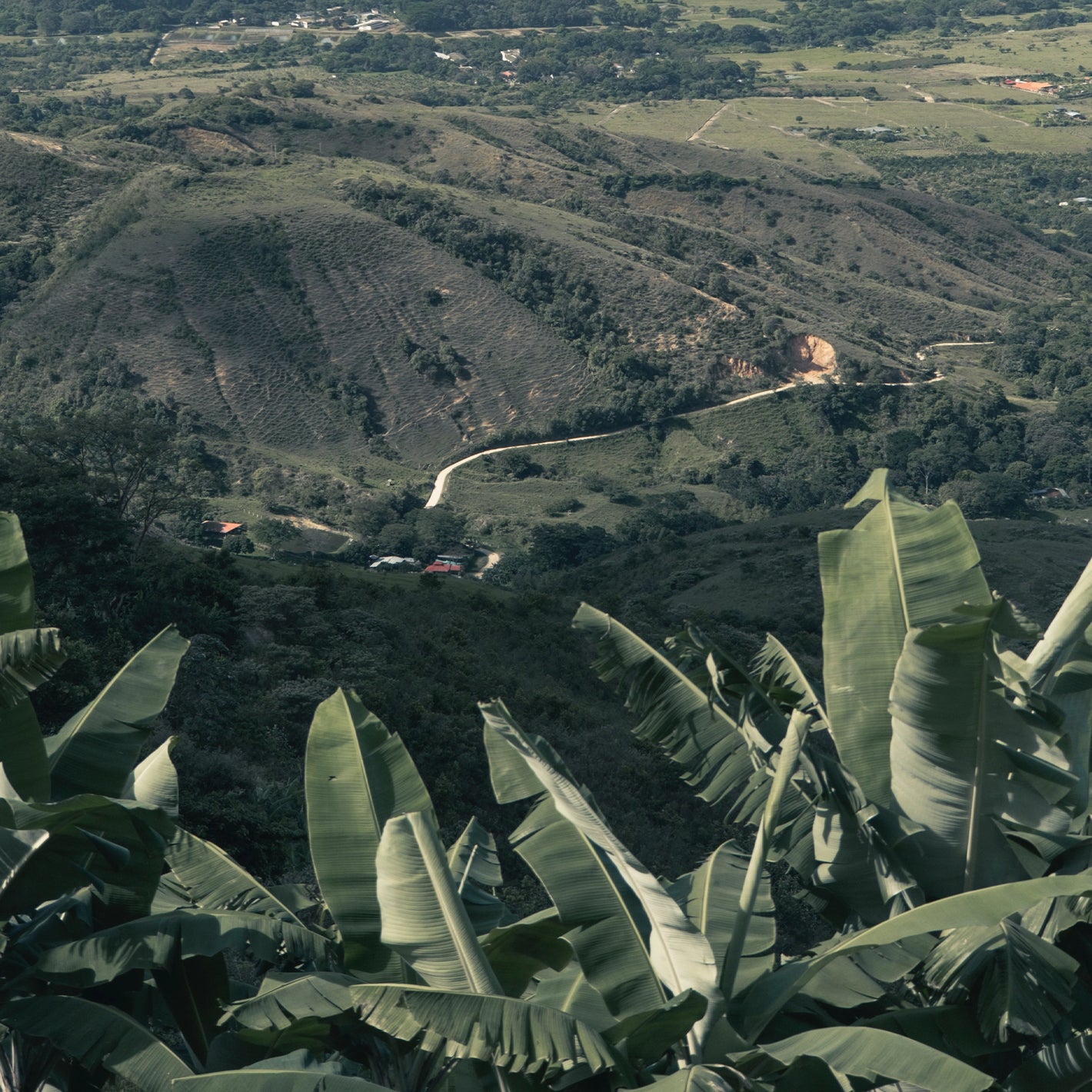
Colombia
Nestled in the beautiful Valle del Cauca region, Colombia has high-quality sugar cane. Thanks to its favorable climate and elevation, this country is known for its premium sugar cane.
-
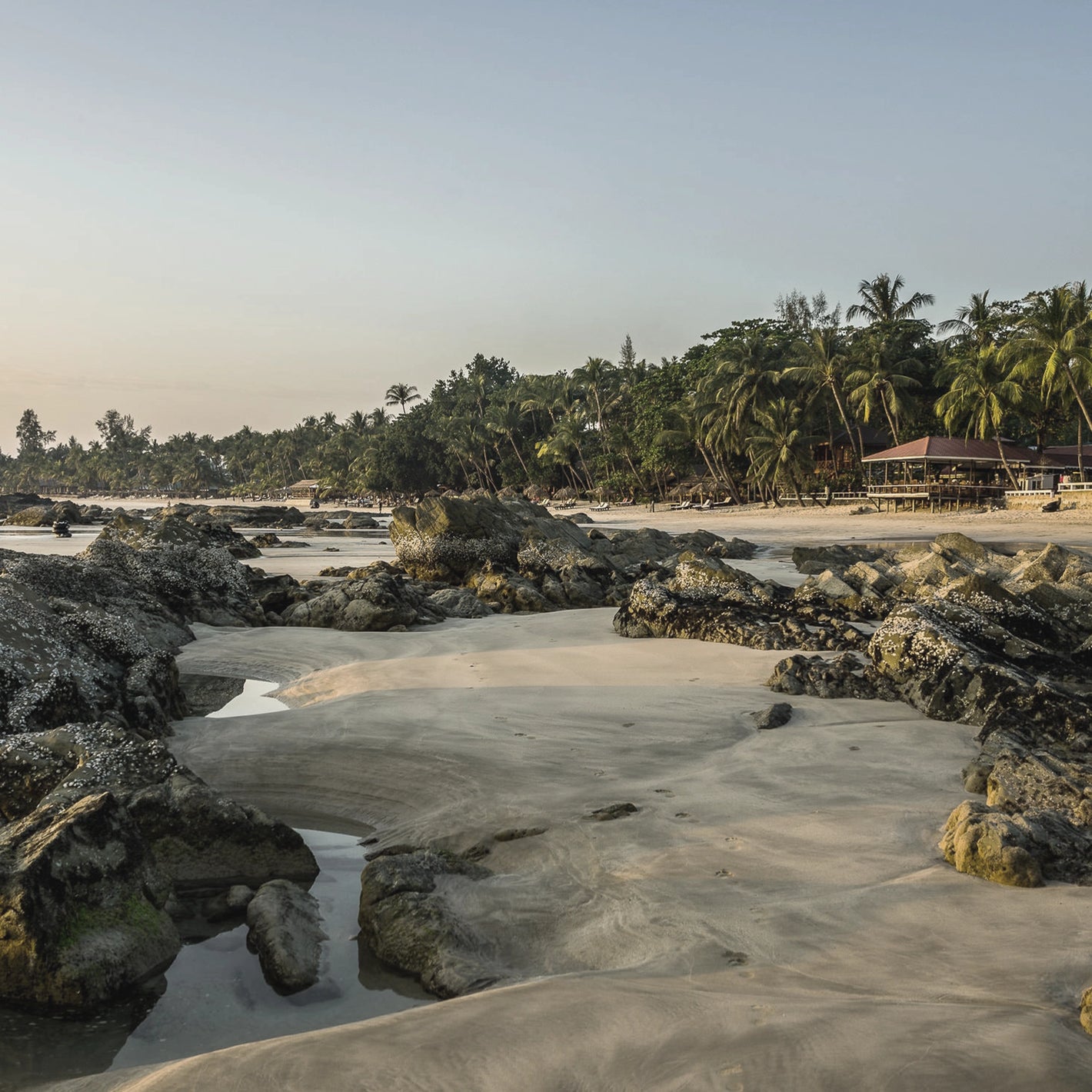
Thailand
This country has a long history of sugar cane cultivation and is recognized for its high-quality sugar cane production. Thailand's tropical climate, fertile soil, and expertise in sugar cane farming contribute to the quality of its sugar cane.
-
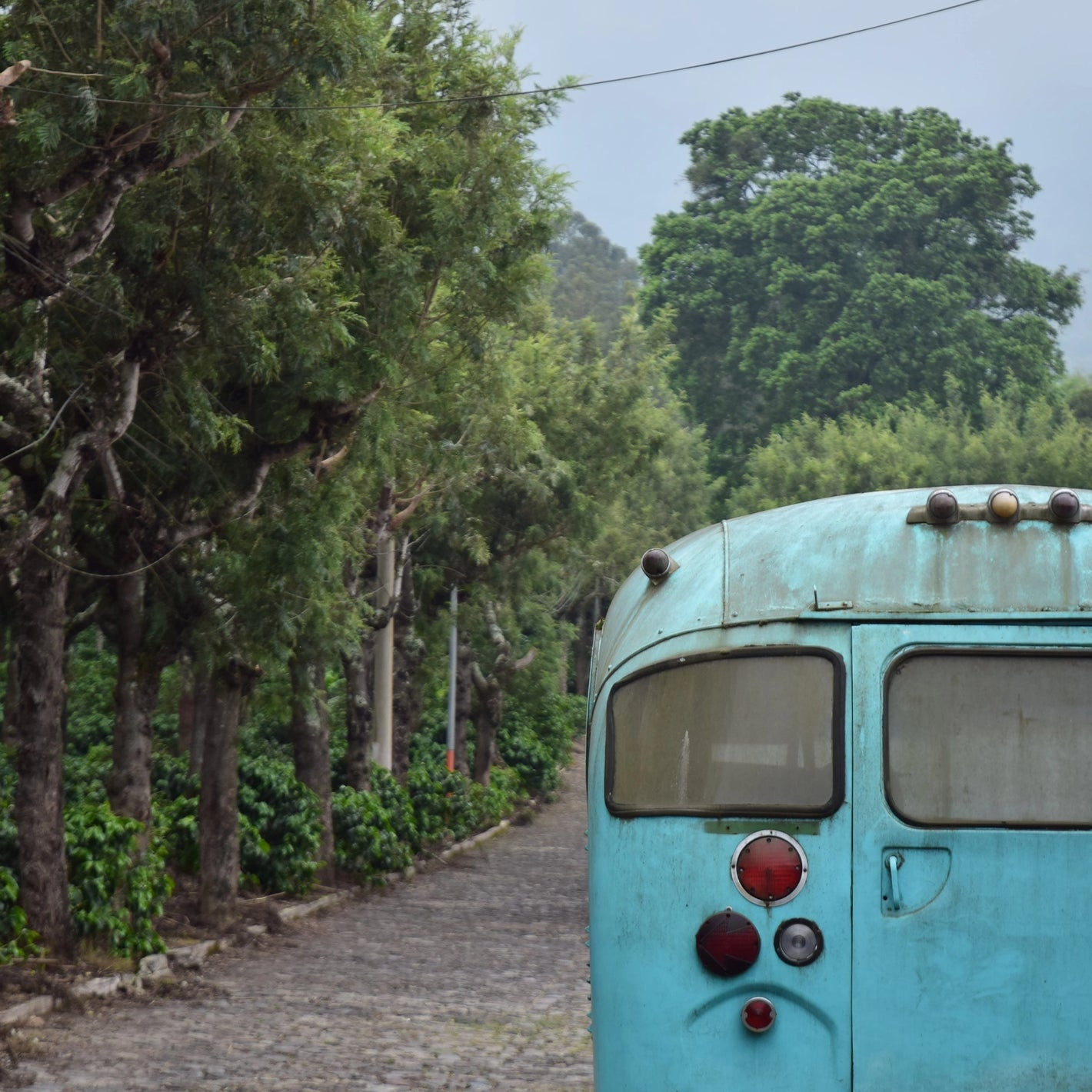
Guatemala
The volcanic soil and excellent weather conditions create an ideal duo for sugar cane with a distinct flavor profile. Guatemala is renowned for its quality sugar cane.
-
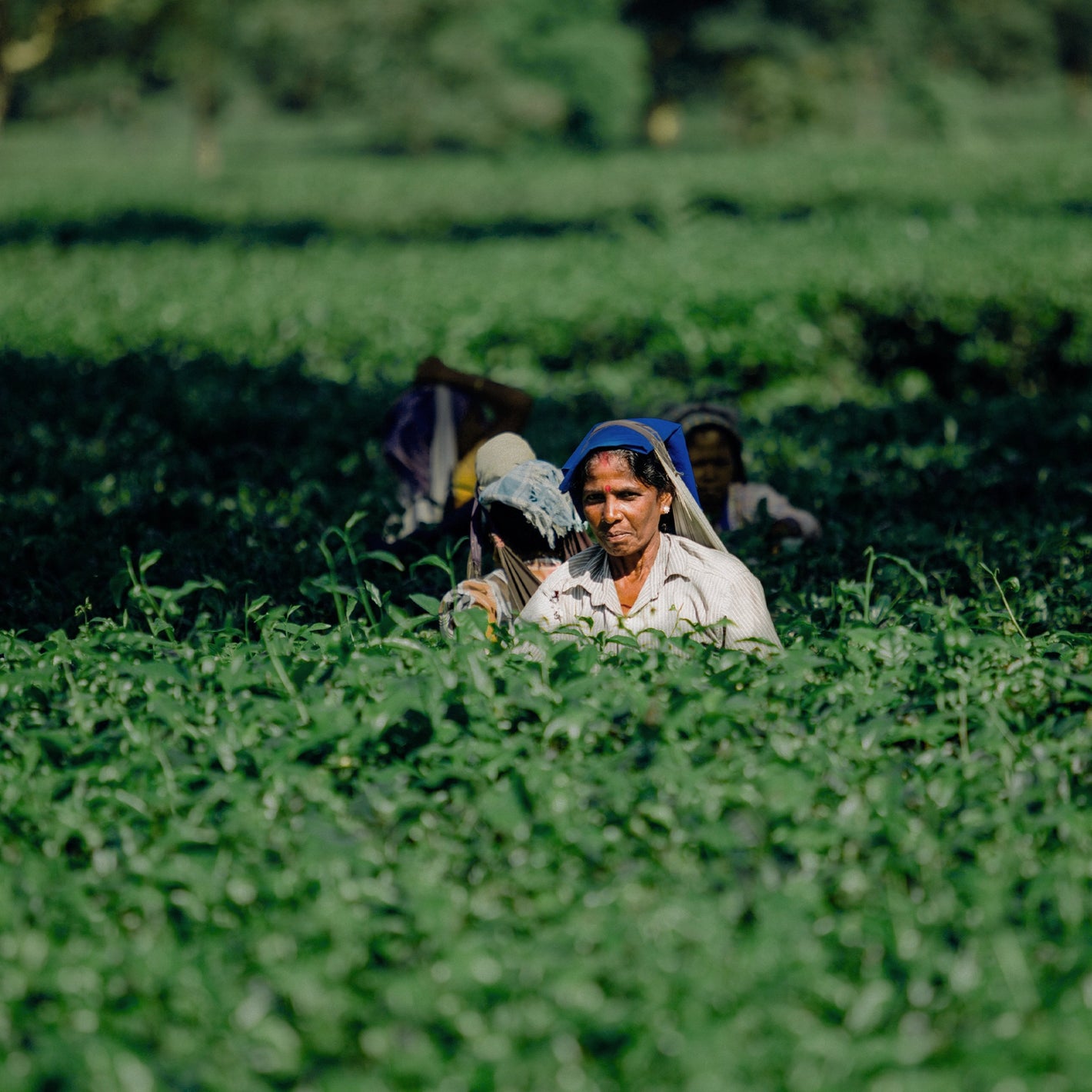
India
Regions like Maharashtra and Uttar Pradesh are known for their exceptional sugar cane, shaped by the country's diverse climate and agricultural expertise. This is also why India is one of the largest sugar cane producers.
Contact us here to Request a Quote
Additional Information
Where does your cane sugar come from?
We source our sugar from countries that are known for producing high-quality sugar cane. These are where we source our current cane sugars:
- Brazil: Brazil is the largest producer of sugar cane globally and is renowned for its advanced agricultural practices and efficient sugar production methods. The country's vast agricultural land, favorable climate, and technological advancements contribute to the production of high-quality sugar cane.
- Colombia: Colombia is known for its premium sugar cane, particularly in the Valle del Cauca region. The country's favorable climate and elevation contribute to the cultivation of quality sugar cane.
- Thailand: Thailand has a long history of sugar cane cultivation and is recognized for its high-quality sugar cane production. The country's tropical climate, fertile soil, and expertise in sugar cane farming contribute to the quality of its sugar cane.
- Guatemala: Guatemala is renowned for its quality sugar cane, which benefits from the country's volcanic soil and ideal weather conditions for cultivation. The sugar cane produced in Guatemala is often considered to have good flavor characteristics.
- India: India is one of the largest producers of sugar cane, and certain regions, such as Maharashtra and Uttar Pradesh, are recognized for their high-quality sugar cane. The country's diverse climate and agricultural practices influence the taste and quality of its sugar cane.
It's important to note that while these countries are recognized for their high-quality sugar cane, the final quality of sugar depends on various factors, including harvesting techniques, processing methods, and storage conditions. Additionally, the specific requirements and preferences of our buyers can also influence our suggested source of your supply!
What are the different ICUMSA numbers?
The ICUMSA (International Commission for Uniform Methods of Sugar Analysis) provides a classification system to measure the color and quality of different grades of sugar.
The ICUMSA color units (ICUMSA IU) are used to designate the various levels. Here are the common ICUMSA levels of sugar:
- ICUMSA 45: This is a highly refined grade of sugar with a maximum ICUMSA color of 45 IU. ICUMSA 45 sugar is known for its white and pure appearance, making it suitable for various applications, including direct consumption, food processing, baking, and confectionery.
- ICUMSA 100: ICUMSA 100 sugar has a slightly higher color than ICUMSA 45, with a maximum ICUMSA color of 100 IU. It is still considered a refined sugar and is commonly used in food processing, industrial applications, and certain consumer products.
- ICUMSA 150: ICUMSA 150 sugar has a higher color level, with a maximum ICUMSA color of 150 IU. It is often used in industrial applications, such as in the production of certain beverages, syrups, and food ingredients.
- ICUMSA 600-1200: These are intermediate grades of sugar with higher color levels, ranging from 600 to 1200 IU. They are primarily used in industrial applications, including the manufacturing of certain food products, fermentation processes, and non-food applications.
- ICUMSA 1,200 and above: Sugar with ICUMSA levels of 1,200 and above typically have darker colors and higher impurity levels. These sugars are generally used in industrial processes or for non-food applications.
It's important to note that the specific ICUMSA levels and their corresponding applications may vary in different regions and markets.
These levels provide a standardized way to communicate the color and quality of sugar, allowing buyers and sellers to have a common understanding of the product being traded.
What ICUMSA sugar do you currently offer?
Besides our range of specialty sugars, we primarily supply the following sugars:
ICUMSA 45: ICUMSA 45 sugar is widely considered the most popular and sought-after grade within the ICUMSA classification. It is a highly refined white sugar with a maximum ICUMSA color of 45 IU. ICUMSA 45 sugar is commonly used in food processing, direct consumption, baking, confectionery, and beverage production.
ICUMSA 100: ICUMSA 100 sugar has a slightly higher color level compared to ICUMSA 45, with a maximum ICUMSA color of 100 IU. It is often used in industrial applications, including the manufacturing of certain food products, fermentation processes, and non-food applications.
What are the technical specifications of your ICUMSA 45?
- Sugar: White refined cane sugar Icumsa 45
- Polarization: 99.80% degrees min
- Ash by electrical conduct: 0.04% max (on dryweight basis)
- Ash content: 0.04 max
- Moisture: 0.04% max Icumsa (International
- Commission for Uniform Methods of Sugar Analysis): 45 RBU max, Brazil S.G.S. scale.
- Method n°.: 4-1978
- Solubility: 100% dry and free flowing
- Color: Crystal white
- Radiation within: cs-137 of 50 bq per kg
- Granulation: fine crystal
- Magnetic particles: mg/kg 4 max
- So2: mg/kg 20 max
- Sulphor dioxide: 20 mg/kg min
- Sediments: none
- Smell: typical and specific for sugar
- Reducing sugar: 0.05% max by weight
- Npn staph aureus: not detected in 1 gram
- Maximum AS: 1 p. p. m.
- Maximum PB: 1 p. p. m.
- Maximum CU: 3 p. p. m.
- Substance: solid crystal
- Tolerance: 5% (+/-)
- Fit: for human consumption
- Crop: Current
- Shelf life: 2 years
What are the technical specifications of your ICUMSA 100?
- Sugar: White refined cane sugar Icumsa 100
- Polarization: 99.70% degrees min
- Ash by electrical conduct: 0.08% max (on dry weight basis)
- Ash content: 0.04 max
- Moisture: 0.08% max Icumsa (International
- Commission for Uniform Methods of Sugar Analysis): 150 RBU max, Brazil S.G.S. scale.
- Method n°.: 4-1978
- Solubility: 100% dry and free flowing
- Color: Crystal white
- Radiation within: Within internationally accepted limits
- Granulation: Fine white crystals to medium
- Magnetic particles: 4 mp/k
- So2: 15 mg/kg
- Sulphor dioxide: 20 mg/kg minSediments: none
- Smell: typical and specific for sugar
- Reducing sugar: 0.05% max by weight
- Npn staph aureus: not detected in 1 gram
- Maximum AS: 5 p. p. m.
- Maximum PS: 2 p. p. m.
- Maximum CU: 3 p. p. m.
- Substance: solid crystal
- Tolerance: 5% (+/-)
- Microbiological: Pathogenic bacteria incl. Salmonella per 1 g: NIL
- Fit: for human consumption
- Crop: Current
- Shelf life:2 years
- Pesticide traces:DDT: 0.005 mg/Kg
- Photoxin: 0.01mg/Kg
- Hexachloran Gamma Isomer: 0.005 mg/Kg
- Phytosanitary Certificate: No radiation, no virus, no insect parts, no rodent excrements, no husks, no poisonous matter.
What are the EU scientific specifications for ICUMSA 45?
The European Union (EU) does not have specific scientific specifications for ICUMSA 45 sugar. The ICUMSA specifications are established and maintained by the International Commission for Uniform Methods of Sugar Analysis (ICUMSA), an international body that sets standards for sugar analysis methods, including color determination.
ICUMSA 45 sugar is a highly refined grade with a maximum ICUMSA color of 45 IU. The ICUMSA color measurement is based on the optical density of a sugar solution at a specific wavelength. The lower the ICUMSA color value, the whiter and more refined the sugar is considered to be.
While the EU does not have its own separate specifications for ICUMSA 45, it may have regulations and quality standards related to sugar products in general, such as purity, labeling, and food safety requirements. These regulations ensure that sugar products, including ICUMSA 45 sugar, meet certain quality and safety standards for consumption within the EU market.
If you require specific information regarding the EU regulations or standards related to sugar, it is recommended to refer to the relevant EU directives, regulations, or national legislation that govern sugar and food product standards within the EU member states.
What factors effect sugar prices?
Sugar prices can be influenced by various factors, including:
- Supply and Demand: The balance between sugar supply and demand is a significant driver of price fluctuations. Factors affecting supply include weather conditions, crop diseases, natural disasters, and changes in agricultural practices. Demand factors include population growth, changes in consumer preferences, and economic conditions. Any imbalances between supply and demand can impact sugar prices.
- Weather and Climate: Sugar cane and sugar beet crops are highly dependent on weather conditions. Adverse weather events such as droughts, floods, or hurricanes can damage crops, reduce yields, and disrupt harvesting, leading to reduced supply and potentially higher prices.
- Government Policies and Regulations: Government policies, such as import and export tariffs, subsidies, and quotas, can influence sugar prices. Protectionist measures, trade agreements, and regulations related to biofuels or health concerns (e.g., sugar taxes) can impact both domestic and international sugar markets.
- Ethanol and Biofuel Production: Sugar is used as a feedstock for ethanol production in many countries. The demand for ethanol as an alternative fuel source can impact sugar prices, especially in regions where sugar is diverted towards biofuel production instead of the food market.
- Currency Exchange Rates: Sugar is traded internationally, and currency exchange rates can influence prices for buyers and sellers in different countries. Currency fluctuations can affect the competitiveness of sugar exports and imports, potentially impacting prices.
- Energy Prices: The cost of energy, particularly oil prices, can influence sugar prices due to its impact on production, transportation, and processing costs. Higher energy prices can increase the overall cost of sugar production and potentially affect prices.
- Market Speculation: Commodity markets, including sugar, can be influenced by speculative trading and investor sentiment. Speculators can bet on price movements, introducing volatility into the market that may not necessarily align with underlying supply and demand fundamentals.
- Health and Dietary Trends: Changes in consumer preferences, concerns about health and wellness, and dietary trends can affect sugar consumption. Shifts towards healthier diets, increased awareness of the health risks associated with excessive sugar consumption, and the introduction of sugar taxes in some jurisdictions can impact sugar demand and, consequently, prices.
It's important to note that these factors can interact and influence each other, resulting in complex dynamics within the sugar market and contributing to price fluctuations over time.
What packaging, sizes and minimums volumes do you sell your sugar?
We currently offer our sugars in 3 sizes:
- Bulk Bags (FIBCs): Large, flexible bags made of woven polypropylene that hold 1 metric ton (1.000 kilograms).
- Palletized Bags: We currently offer packaged in 25 kg or 50 kg bags.
Strategically located to serve the EU and GCC
-

Office and Distribution Serving the GCC
Dubai, United Arabic EmiratesWOLF & LYON GENERAL TRADING LLC
F-48, SABHA BUILDING, 1414-0
JABAL ALI INDUSTRIAL FIRST, DUBAI, UAE -
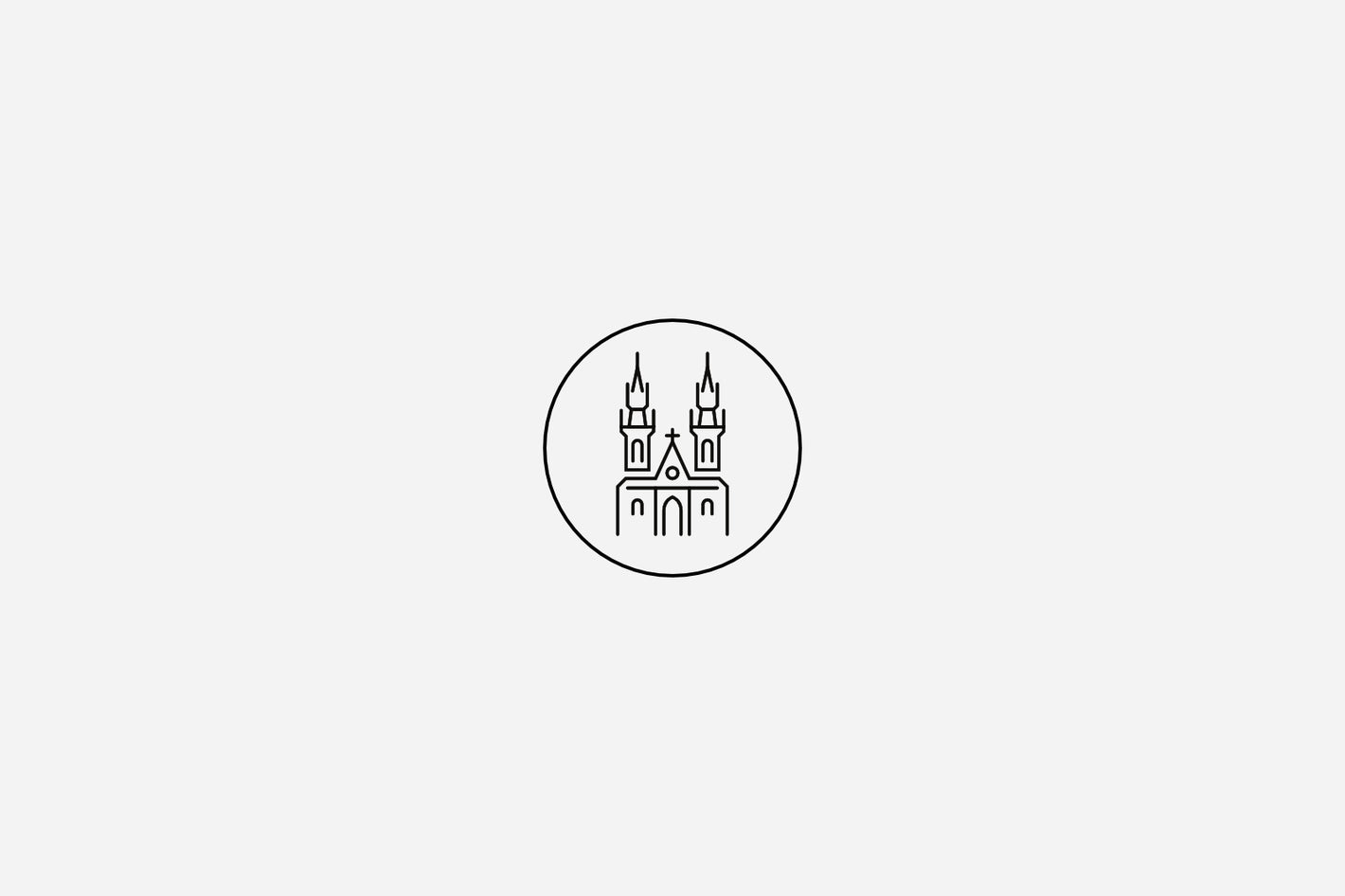
Office and Distribution Serving the EU
Prague, Czech RepublicSÁZAVSKÁ 32,
PRAGUE 2, 120 00,
CZECH REPUBLIC


